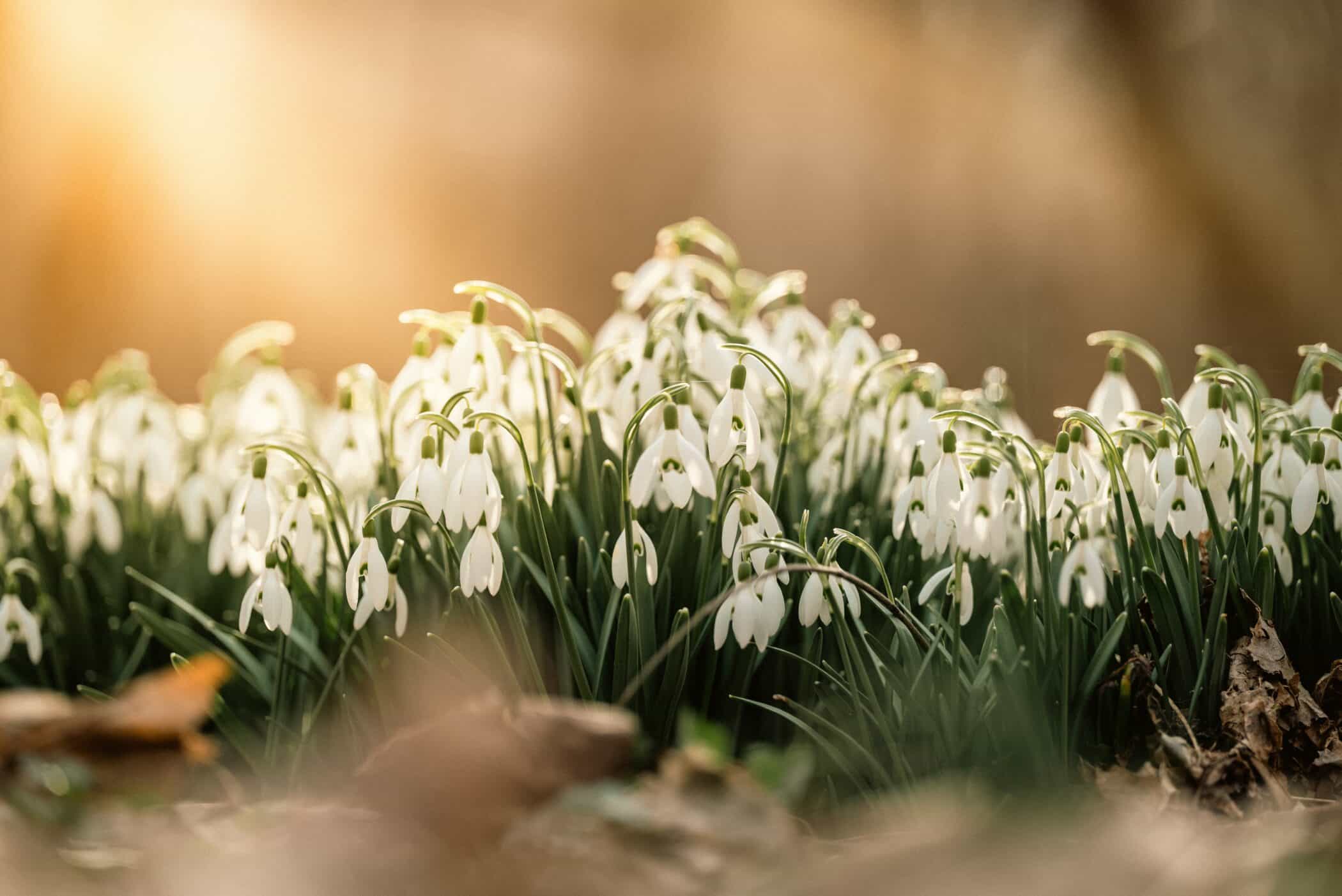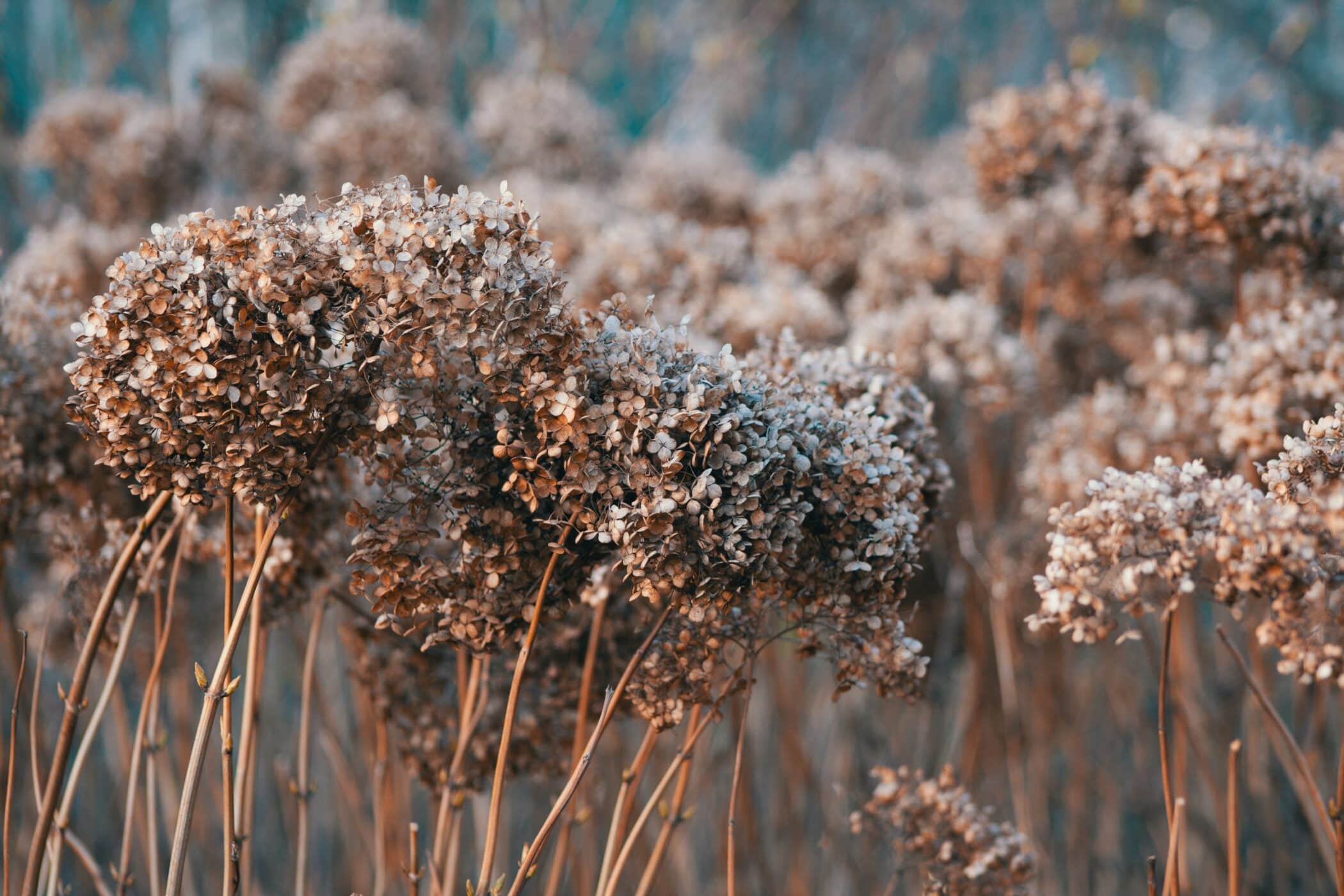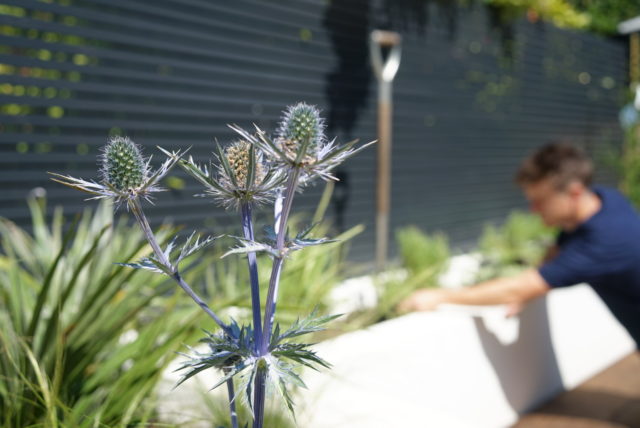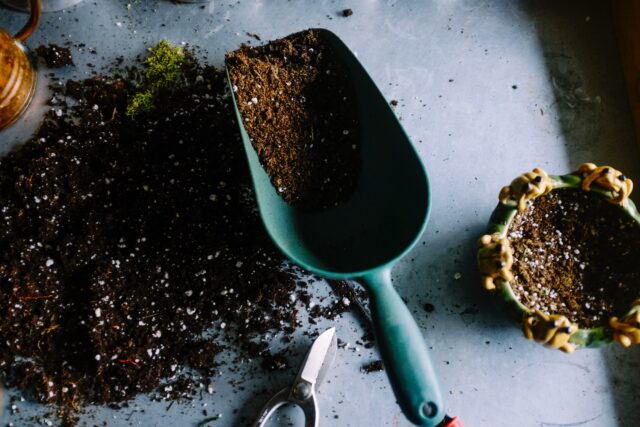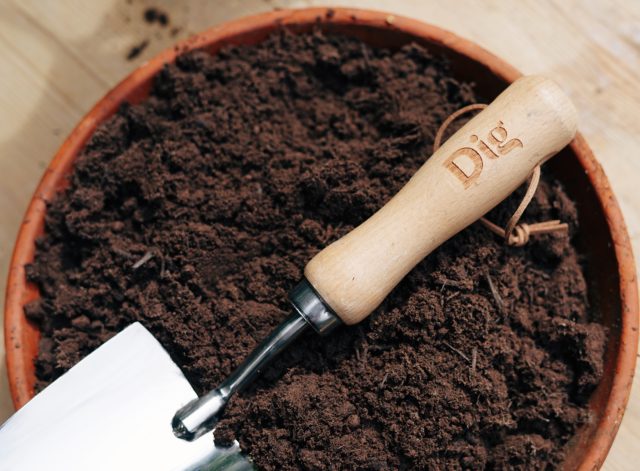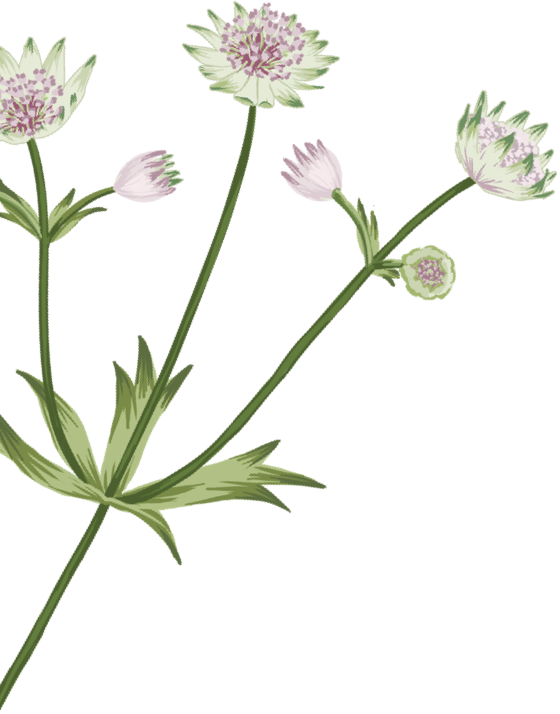Planting Season
Autumn is a perfect time, if not the best time, to plant a garden. Planting now means that plants and, importantly, their roots will have the longest amount of time to establish before growing begins in spring, with soil still warm from summer roots will grow quickly and healthily, with the cooler weather you’ll need to water less, and nurseries always have particularly great stock at this time of year. If you’re thinking about planting anything, don’t put it off until spring for better chances of success and a stronger display next year.
Trim hedges
If you haven’t taken care of them yet, ensure to trim your hedges into the right shape and size for your garden before autumn is out. Nesting birds will be long gone and so it’s a sensible time to perform this otherwise invasive job. We recommend using an electric trimmer if you can to avoid the noisy and less eco-friendly petrol versions.
Leafmould
If you have a garden with trees, as the leaves begin to drop you can use them to make leafmould – an excellent gardening byproduct that can be used for mulch next year. To create this rich-in-nutrient product collect fallen leaves and store them in bags and pop them in a quiet corner of the garden. In a year’s time, you’ll have a free, rich mulch to spread around your plants for extra nutrients.
If you want to go one step further, and have the space, you can construct a leafmould cage. There’s a good nature-friendly guide at the RSPB here, though we also recommend adding an underlayer of cardboard or tarpaulin to suppress weed growth from beneath.
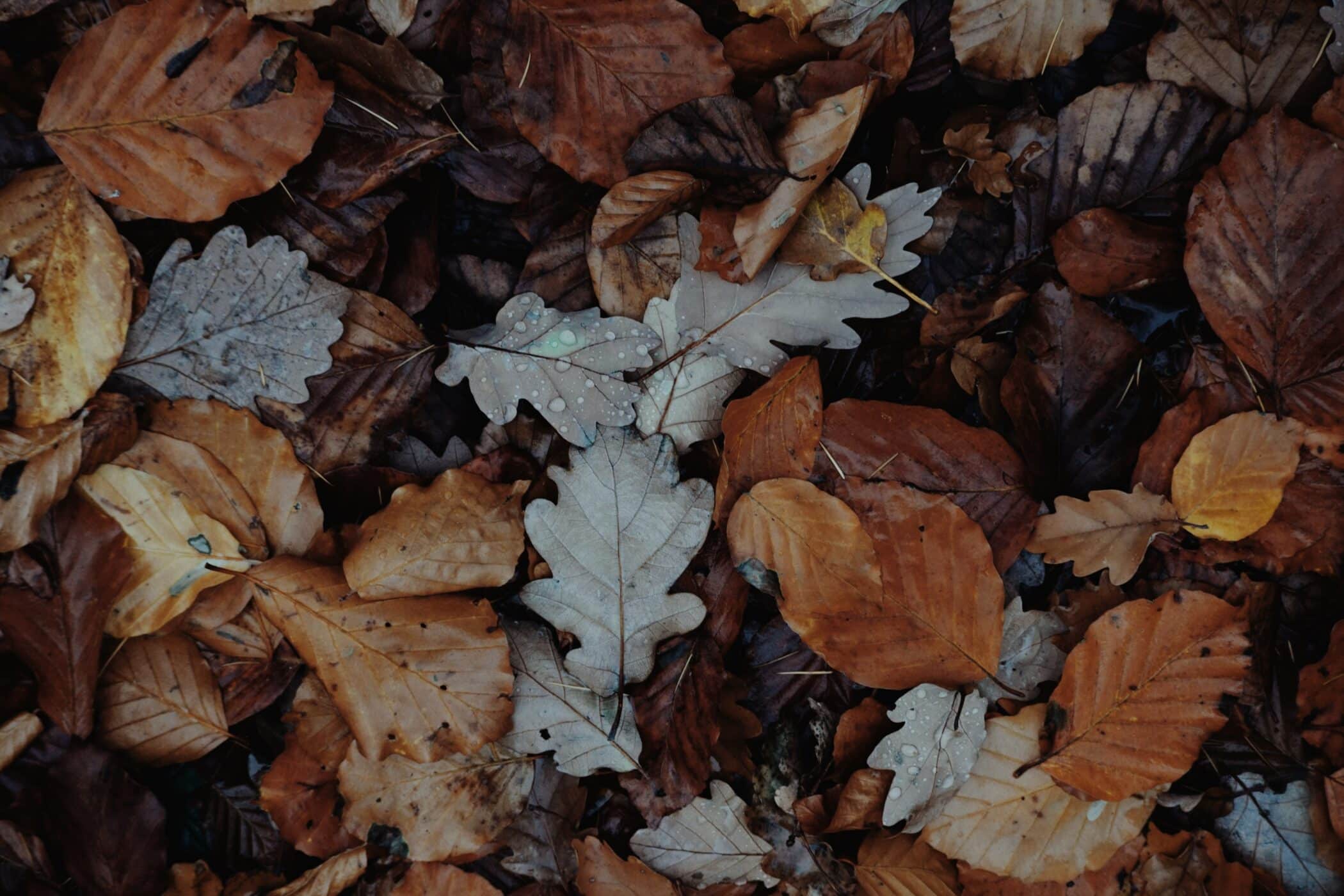
Don’t desert the deadheading
Plenty of flowering plants will still benefit from deadheading in autumn, especially as our autumns become milder and milder in the UK and flowering periods shift to later in the year. Ensure to keep an eye on wilting flowers, removing them to encourage growth from the remaining buds.
Give everything a once over
As we wend our way towards winter, autumn is a great time to give your outdoor space a tidy up. Give everything a sweep and put away any tools that have been happy to be left outside during the warmer, drier months. Give hedges a trim, neatening up your garden or outdoor space’s sightlines and borders. Your outdoor space will instantly feel better and, by clearing decomposing matter around patios and pots, there’s an added bonus of pest reduction.
The easier nature-friendly life
One of the happy additional benefits to inviting nature into your garden is that it often means less gardening work for you. As your garden begins to slow down, plants will die and dry, leaving beautiful structures that also provide lots of vital habitats for insects. Hydrangeas are particularly beautiful if left – especially in a few months time when dusted with frost. You can either artfully prune some of the dead plants and foliage in your garden back, leaving feature plants behind to make this process look more intentional, or really kick back and leave as much of it as you like for nature (and not worry what the neighbours think!). If you have a rose bush, rosehips are great things to leave on the branches as food for birds – they also provide attractive splashes of red autumn colour.
Plant a tulip container
Whether or not you have a garden to plant tulips in, they always look fantastic in a container. Take a large pot with drainage holes, fill halfway with compost, plant your tulip bulbs (pointy-end up!) and then fill to just below the surface with more peat-free compost and give them a good water. Come spring you’ll have an explosive display of colour. Try mixing and matching different colours or even planting up a bulb lasagne of different plants, heights, colours and flowering periods. You can also tuck bulbs around the edges of existing plants for a splash of colour to complement your main attractions.
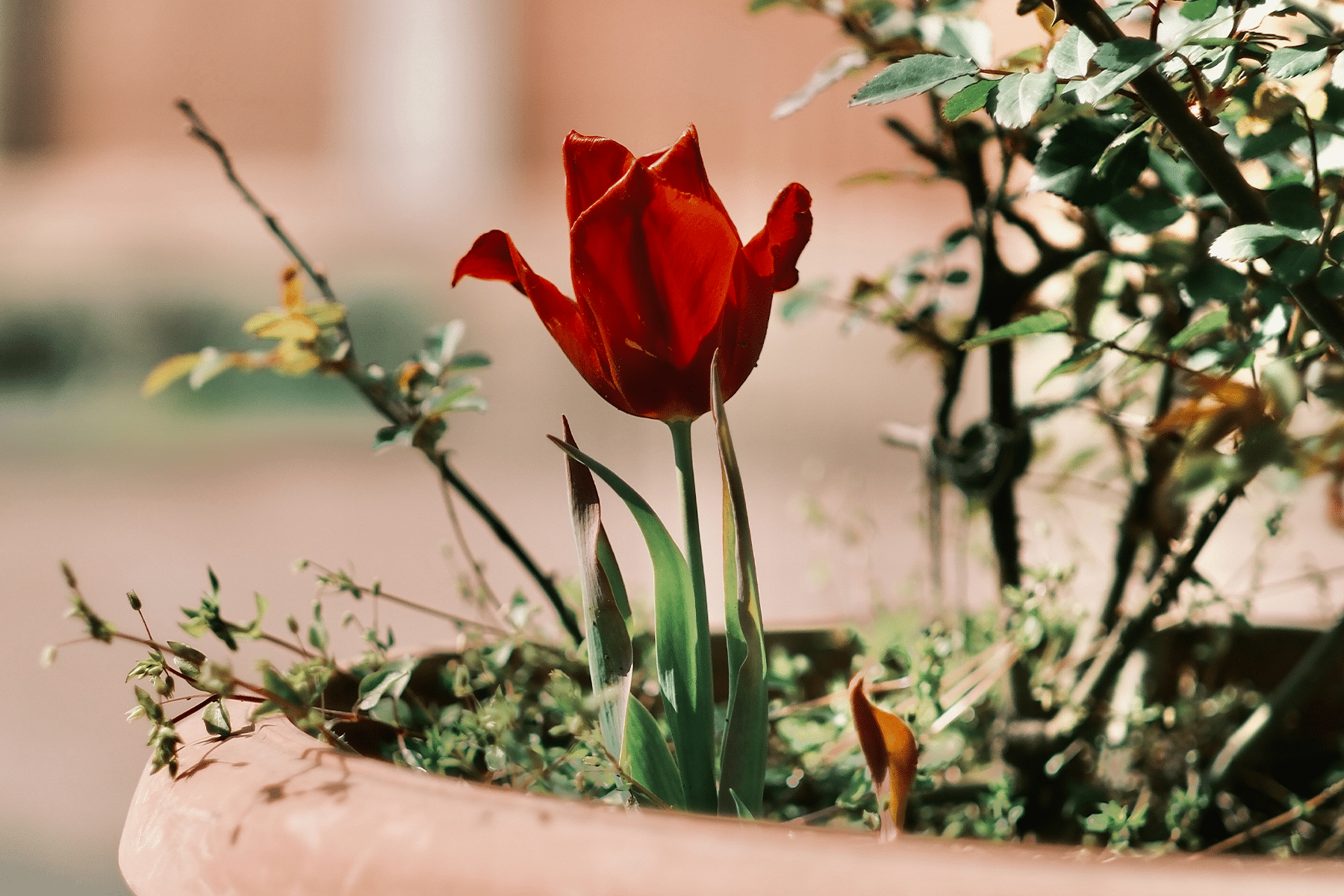
Protect your Dicksonia antarctica
As we approach colder months, if you have a tree fern (a particularly complementary plant for our Jungle theme known, officially, as Dicksonia antarctica) then it’s a sensible idea to protect it from frost. Though it’s still mild now, begin to think about it to ensure you have what your need should there be reports of a cold snap on the way. Tree ferns are at the pricier end of the spectrum and so you don’t want to lose one!
To protect your tree fern, carefully pack the top of the tree – amongst any branches and fronds – with hay (pet shop hay is perfect). Once you’ve packed out the top of the trunk, take the existing fronds and carefully tie them up overhead with a piece of gardening twine. This serves the purpose of using the existing branches to keep the hay nice and tightly in place, like a cage. In particularly cold parts of the country, it may also be worth wrapping the tree in gardening fleece until after winter. You can purchase gardening fleece at most larger garden centres.
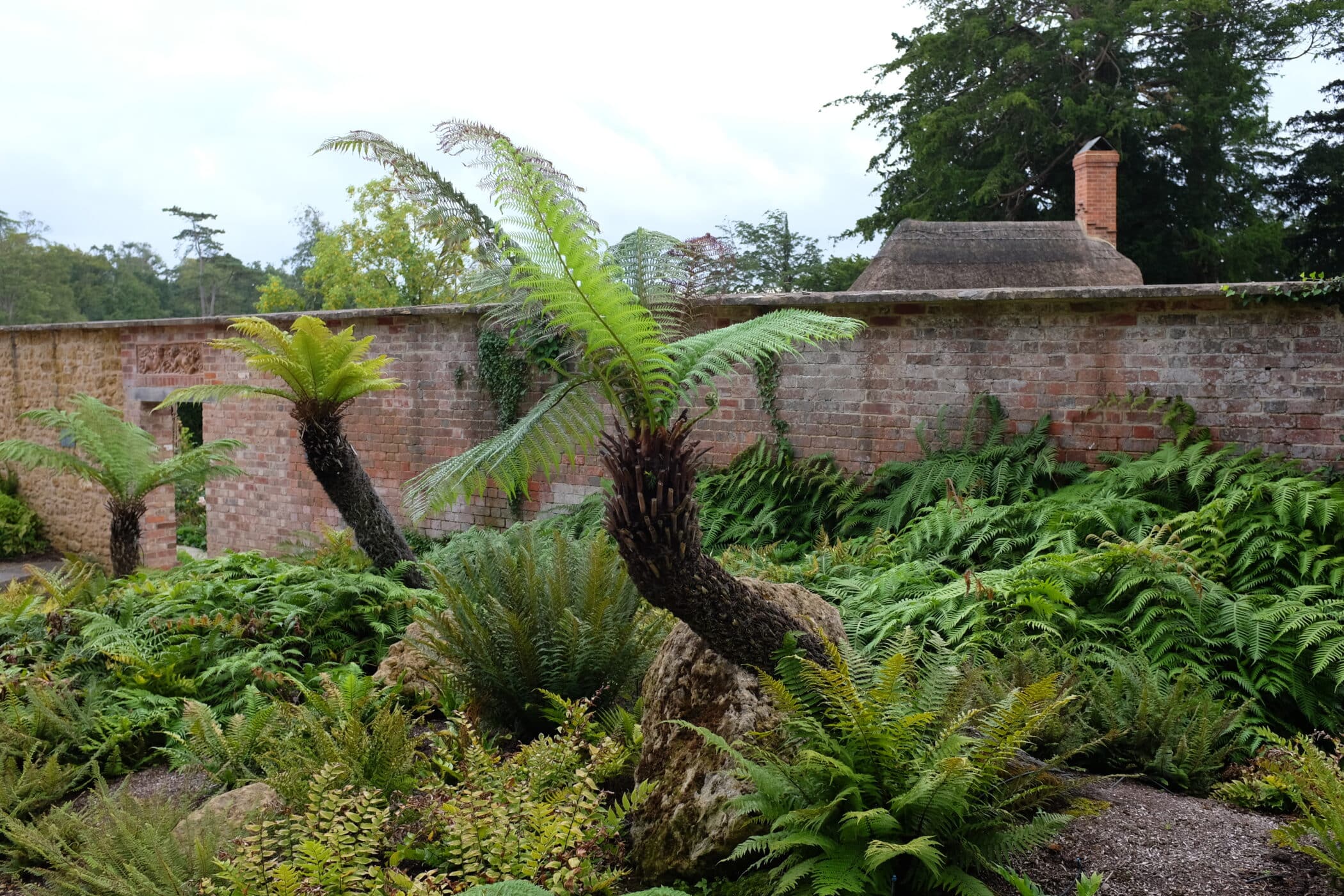
Tree ferns at The Newt in Somerset. Read more about this garden here!
Mulch!
Now’s a great time to protect your flowerbeds with a layer of mulch. Using peat-free compost in this scenario is perfectly fine. Give the flower bed a once over, pulling out any weeds that have sprung up, then add 3 – 6 inches of compost on top around the plants. The fresh compost will add nutrients to the soil, and protect and retain moisture in the ground.
Lift Dahlias and Cannas
This might seem counterintuitive, but Dahlias and Cannas generally need what’s known as ‘lifting’ in the autumn. This is the process of digging them up, cleaning them, and storing them somewhere cool and dry until late spring when they can be replanted.
- Cut back the dead or dying foliage on your Dahlia to approx. 2 inches from the ground
- Using a garden fork, lift the plant from the ground approaching at a deep angle to ensure everything comes out at once
- You will see a cluster of ‘tubers’ which are what Dahlias grow and root from.
- Taking a garden brush or dustpan brush, gently brush away excess soil from the tubers to ensure they are dry
- Store in a cool place in a lidded box of compost. A garage or shed is the perfect place
This might seem a daunting task and so, if you have any concerns about doing this for any plants in your Dig bed, you can always get in touch with us to ask more questions at hello@digclub.co.uk
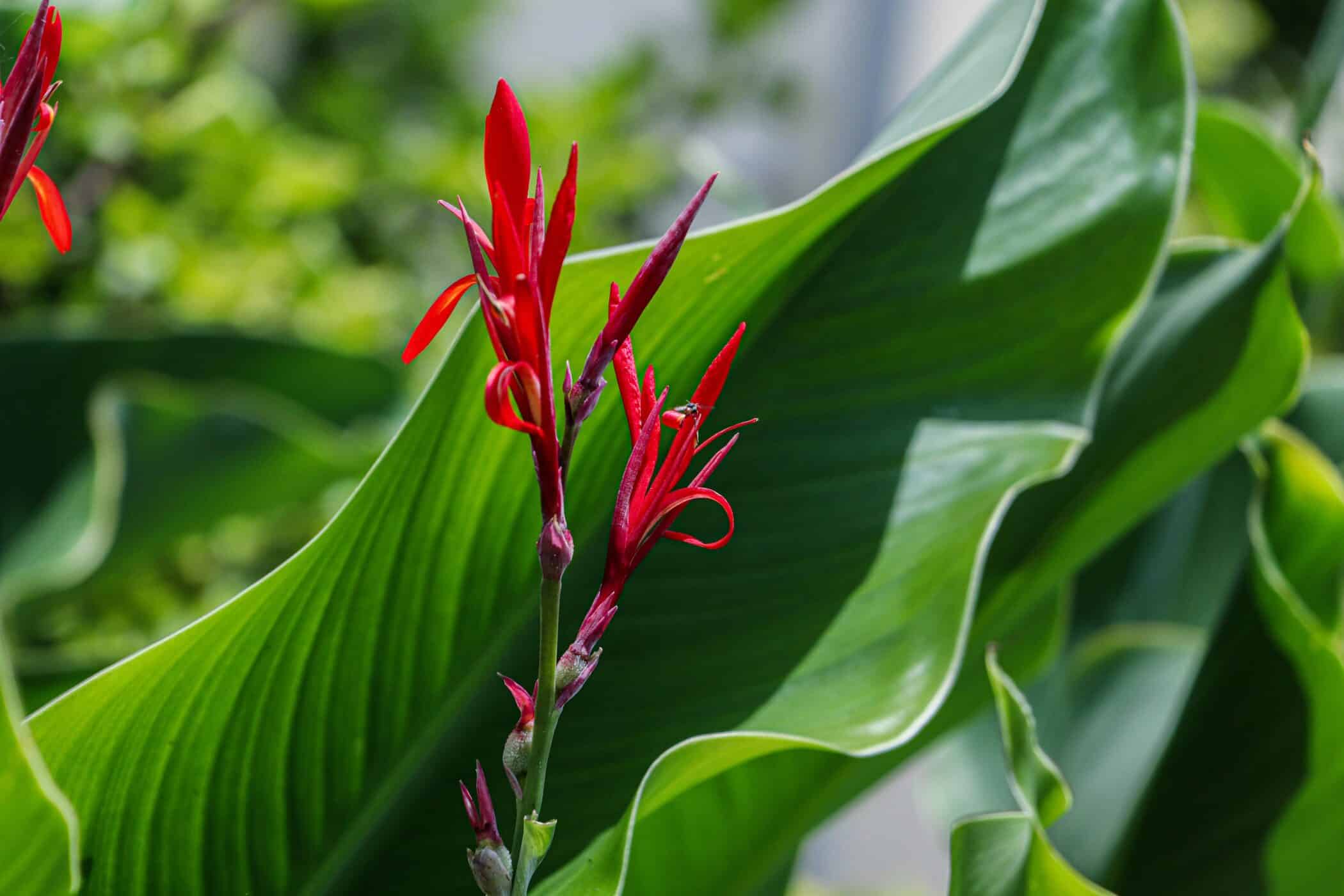
Cannas usually live in more tropical climes so need protecting in British winters
Splash some winter colour
Annuals planted in the spring or summer will likely have now died back, leaving space to plant annuals for winter colour – the beauty of bedding plants! With the wide variety of options available, this simple and affordable exercise (bedding plants are usually on sale very cheaply in garden centres) can transform the look and feel of your planting in an instant. At this time of year, we’re particularly fond of good old pansies (which are an annual), Cyclamen (which are a perennial, returning every year), and Helleborus niger or the Christmas Rose (also a perennial) which comes in a variety of beautiful pastels, whites and deep purples.
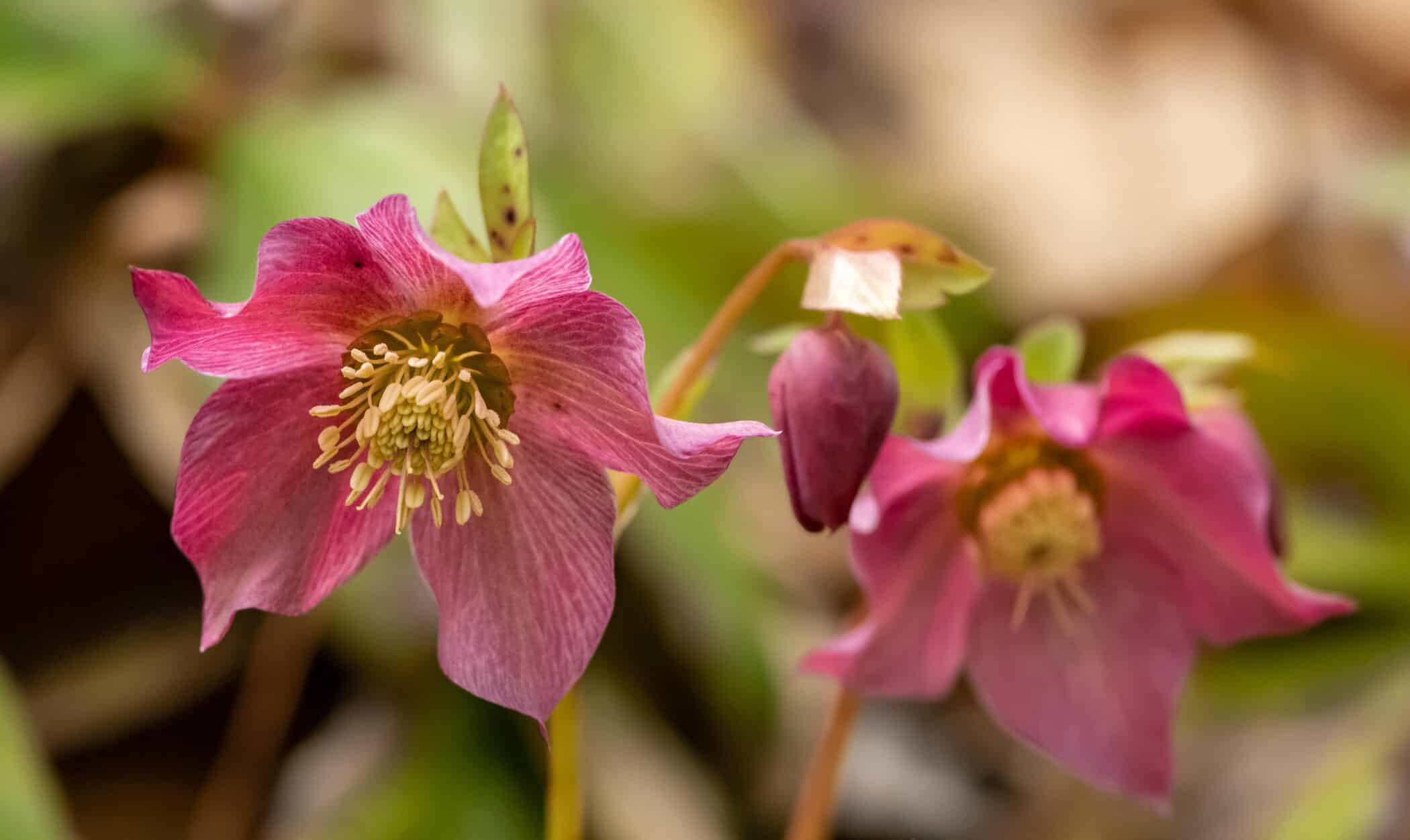
Plant snowdrop bulbs
One of the first signs of spring is the arrival of carpets of snowdrops. You can begin the process of creating your own swathes of snowdrops by planting bulbs at this time of year. Their first flowering will be limited to where the bulbs have been planted but, over time, they will self-spread and in 5-10 years your garden will be abounding with snowdrops. It’s a long game, but it’s worth it.
